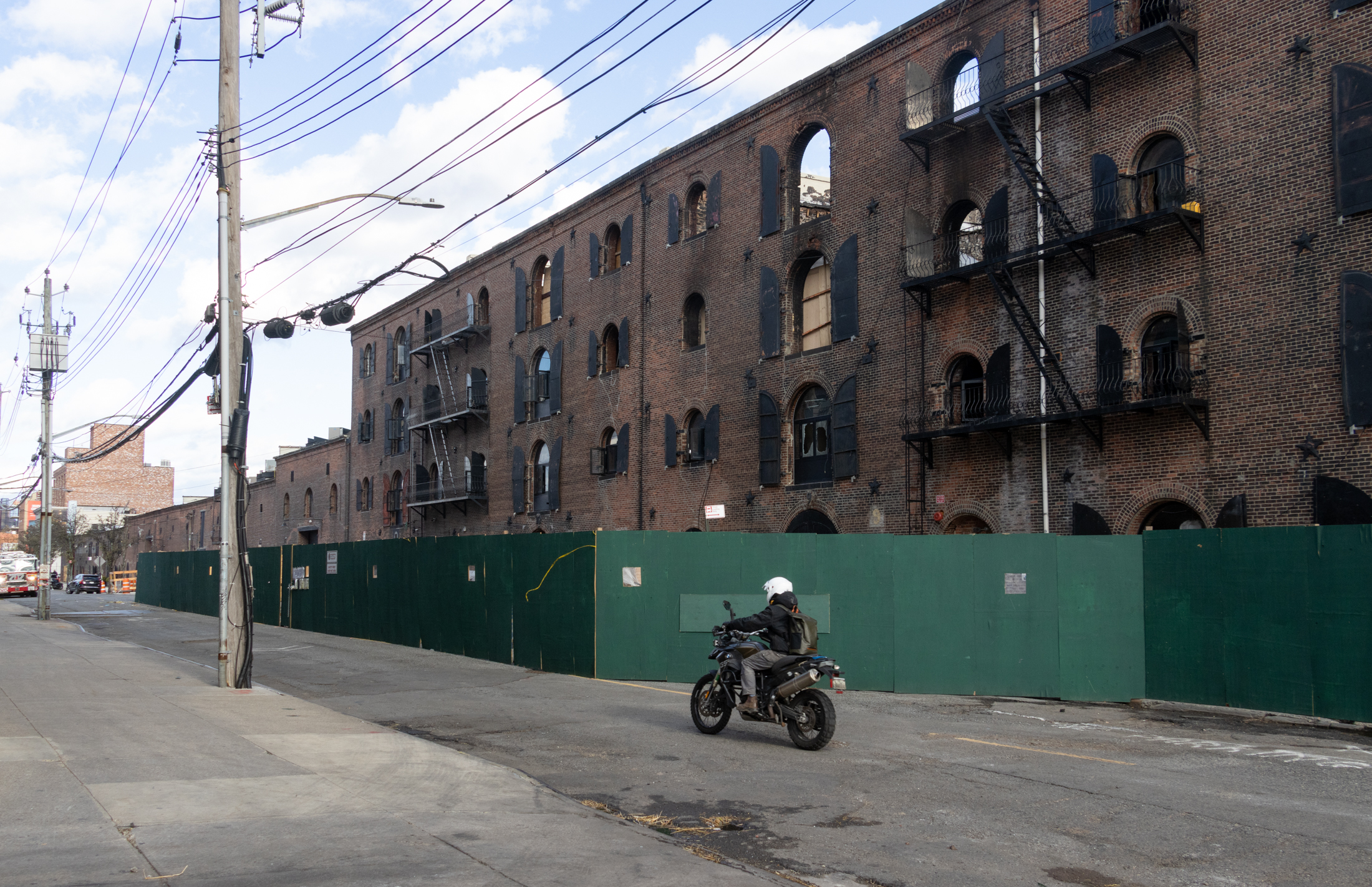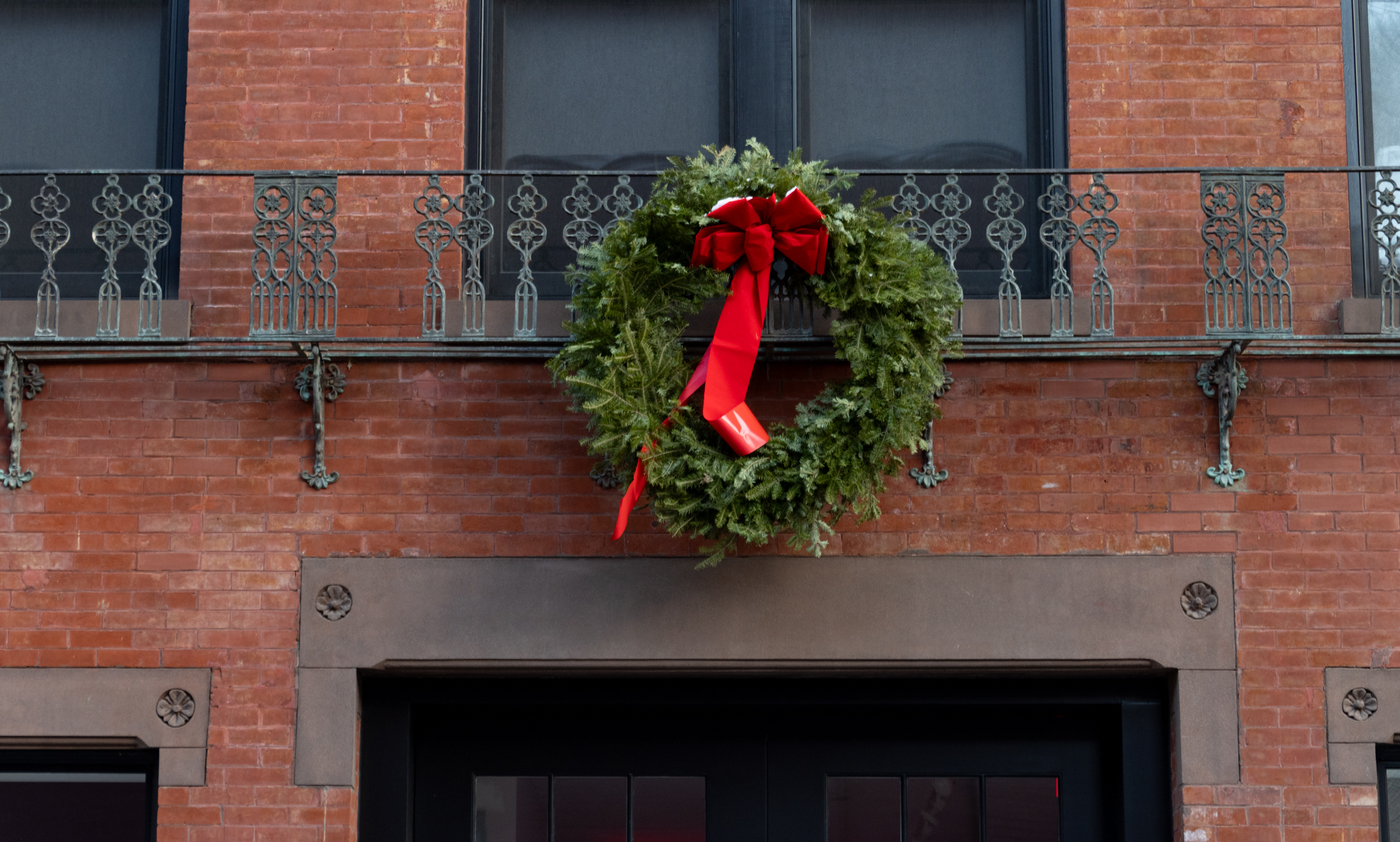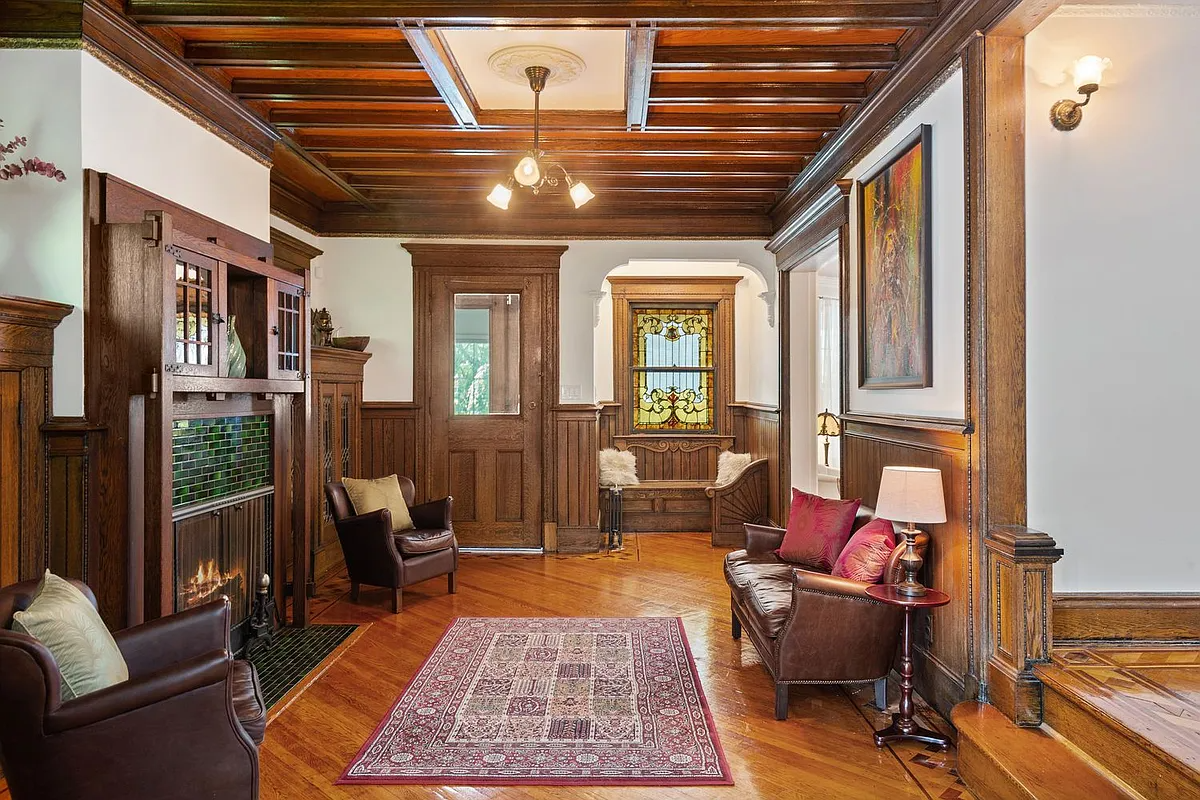Bigger But Not Better in The Slope
Looking at this kind of before-and-after is a good way to get depressed. The transformation of 561 11th Street was noticed and mused upon by the blog Save The Slope: We have no idea if the new building is great architecture or not. Personally we prefer the old building. One wonders, though, what has really…


Looking at this kind of before-and-after is a good way to get depressed. The transformation of 561 11th Street was noticed and mused upon by the blog Save The Slope:
We have no idea if the new building is great architecture or not. Personally we prefer the old building. One wonders, though, what has really been gained in this process? The new building is not dramatically larger than the old one. The old building could have been a 1- or 2-family; the new building appears to be a 3-family. Perhaps we have managed to squeeze another couple of people into Park Slope, which is great. Probably someone has made a lot of money in this transaction, or hopes to. But the one certainty is that we have lost a bit more of Park Slope’s historic fabric and unique “sense of place”.
Bummer.
11th Street: Another One Bites the Dust [Save The Slope] GMAP





tybur, please take a chill pill. I believe I state my sentiments well enough to be understood. I am fully aware that not every old building is “worthy” of saving, or will be saved. I am a preservationist, but also a realist. We win a couple, loose many more. The city changes, housing needs change. The new CAN replace the old, but doesn’t always have to.
My opinions on what I consider good or even “keepable” architecture are simply that, MY opinions. No need to get snarky over it.
During the last boom speculators were looking for anything on a 25′ wide lot to develop. This often meant the demise of many 100+ year old freestanding wood frame homes like the extremely well kept treasure that now sits directly beside the newly constructed 561 11th Street.
Fortunately, the owners of this little yellow and white wood framed house have restored/modernized it over the last decade without destroying its charm.
Snaps, my block, which is a combo of row houses and apartment buildings, all different styles from 1870’s brownstones to a 1930’s Deco apt building, is now home to a brand new 4 lot wide white concrete condo building. Some people like it, some hate it. I happen to think it works, precisely because it is like nothing else, and adds to the historic melange of the block. I think what the architects did that made it work was build to scale with the other apartment buildings on that end of the block. When you look down the block, it stands out for being new, but not for being out of scale or proportion. Unfortunately, a lot of these infill developers don’t get that, or only care about maximizing FAR and getting the biggest bang for their bucks.
I think there is room for innovation in architecture within guidelines for prescribed neighborhoods. I hope that that can be proved. I certainly don’t expect everyone to like, or dislike everything I like, and I don’t think there isn’t room for innovative and cutting edge architecture in this city, obviously we can’t stand still, we have to grow. I just think we need to be able to do that, and somehow preserve that which makes living in Park Slope, or any of our communities, desireable.
As you can see,I’ve had Tybur6 over my house for dinner.
J/K!
Basically,I agree 100% with what Ty and FSRG said (as usual)
“These homes were for the average people, the middle class we all espouse to be, and to be for. ”
-MM
Without ever having been inside either I am willing to bet that the new building’s apartments make for living spaces that are much better designed for today’s ‘middle class’ occupant than the older ones.
There are gorgeous new, modernist townhouses. (Like, IMHO, the 14 Townhouses on State Street.) I’d have no problem with the original being replaced with one. But this ugly-ass building is not one of them.
But I like it when someone builds a great new rowhouse. There are some I know of in Boerum Hill, for instance. It shows that the urban townhouse is not a museum piece but a living, evolving form. I wish I could afford to build one myself.
** doesn’t mean they shouldN’T be replaced.
Montrose…. Those buildings across the street and the building that was demolished to build the new one. What was there before they were built??!!
Did these building “fit into the neighborhood”?!
I understand the preservationist tendency, but don’t be ridiculous. I’m not saying that this new building is something to behold or anything particularly great, BUT neither is ANYTHING on this block. Those buildings were built to serve the need of housing. This new building was built to serve the need of housing.
Why should a neighborhood have to preserve some unremarkable snapshot in time?! The Victorian brownstones? Yes, absolutely. They have something special and worth preserving. Mediocre apartments and houses are just that, mediocre. Just because they are old or the neighborhood is filled with them, doesn’t mean they should be replaced.
What if that entire row of row house across the street was replaced with a beautiful set of contemporary row houses… glass and steel etc. What really would be the problem with that?! Oh, you don’t like that style. You’d prefer 1930s mediocrity. I get it.
“let’s have some basic guidelines, so that this block, and others like it, that may not be special enough for landmarking are still attractive…”
MM, I really don’t mean to be contrary here, but I have to say that to someone – to a lot of people, these buildings *are* attractive. If they were really that horrifying and impossible to deal with, the units wouldn’t sell. And if these buildings rendered the entire blot unattractive to the point of true revulsion, no other homes on the block would sell after something like this goes up. “Attractive” is a subjective term. Everyone on this thread can come up with a different version of ‘attractive.’ I fully understand and appreciate a call for ‘contextual’ architecture, but I also have a hard time making something ‘uniform’ just because.